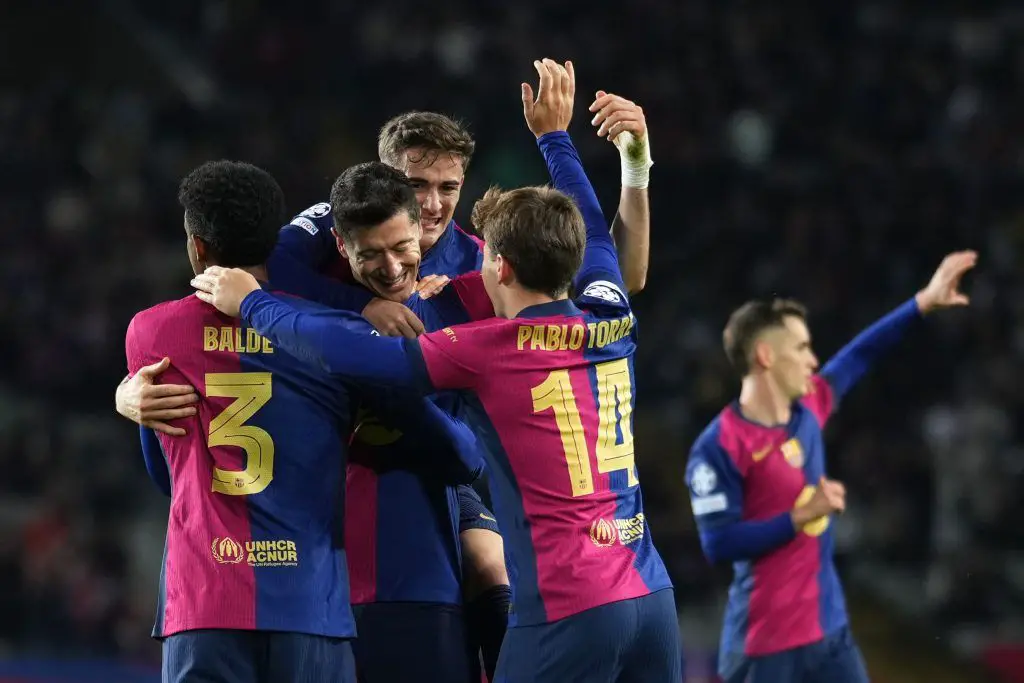Fashion
Fashion Briefing: The shift to in-house marketing — Fashion brands balance cost and creativity

This week, a look at the benefits of taking a brand campaign in-house. Also, Allbirds’ new focus on convenience, executive moves and stories to know.
Rising costs, increased demand for efficiency and the global economic outlook have driven many fashion brands to reconsider their marketing approaches. By moving efforts in-house, brands can achieve greater control, streamline communication and reduce costs, but they also face challenges in maintaining innovation and creativity.
In September, denim brand Wrangler debuted its “Good Mornings Make for Better Days” campaign, produced entirely in-house by its marketing and creative teams. Directed by Emmy-winning and Grammy-nominated filmmaker Jake Scott, the campaign pays homage to the optimistic spirit of Wrangler’s core consumers while capturing the essence of the early riser. The ad revives David Dundas’s 1970s hit “Jeans On” as the soundtrack and features a cast outfitted in vintage-inspired Wrangler pieces, blending classic Western styles with the brand’s 2024 fall and holiday collections.
Bringing the campaign in-house allowed Wrangler to control every aspect of the creative process, from concept to execution. John Mayer, vp of global brand marketing at Wrangler, described the feedback across consumer testing as “the best we’ve ever seen.” The commercial debuted in a high-profile slot during NBC’s Sunday Night Football, helping the campaign gain immediate traction and reach a broad audience.
The brand’s revenue has remained stable, thanks in part to the ongoing Western trend. For the second quarter of the year, the company reported global revenue of $429 million, a 1% year-over-year.
Mayer said the decision to create the campaign in-house came down to faster communication and speed. “It gave us the flexibility to adapt quickly. … We could pivot, as needed, without waiting for external teams,” he said. In fashion, such quick decision-making and responsiveness are key to staying relevant.
Of course, cost savings were also a factor. “We were able to allocate more of the budget toward media and production,” Mayer said. “It’s about making sure every dollar works harder.” He declined to share the company’s investment in the campaign and its typical spending on agency-led projects. Amid a challenging economic environment, in-house brand teams are increasingly expected to increase efficiencies and stretch budgets further.
Ana Andjelic, a global brand executive and previous CMO at Esprit, described more benefits of managing a campaign in-house. “It breaks down corporate silos. … Many more important stakeholders have a voice when the creative and marketing are managed in-house,” she said. The setup enables a direct link between business objectives and creative execution, ensuring that campaigns not only resonate creatively but also meet the bottom line.
But on the flip side, there can be trade-offs, in terms of creativity and perspective. David Tann, founder and CEO of creative agency Tantrum, said in-house teams may struggle with internal politics and lack the fresh perspective agencies bring. “Often, external agencies can move faster and more efficiently because they are not in the weeds daily,” Tann said.
Additionally, the pressure on in-house teams to continually deliver fresh, on-brand ideas can be a challenge. According to Andjelic, for in-house marketing teams to be truly successful, they must consist of top talent capable of staying both current and creative while also adhering to the brand’s vision.
And finally, when working on a campaign, in-house marketers often struggle with decision-making. “Agency partners … allow you to outsource accountability and, as a result, become more decisive,” said Jamie Ray, CEO of creative agency Buttermilk.
Charlotte Cook-Anderson, vp of strategic U.K. accounts at programmatic advertising platform Teads, noted that while some brands are bringing more marketing efforts in-house, many are still finding value in working with external partners. Still others are taking a hybrid approach, partnering with agencies to supplement their in-house teams, which allows them to balance cost savings with creative innovation.
Allbirds is betting on convenience over sustainability messaging
On October 8, Allbirds announced a partnership with Uber Eats. As part of Uber Eats’ Climate Collection, focused on sustainability-focused brands, Allbirds is the first footwear brand to offer on-demand delivery through the platform — styles including its Tree Glider and Wool Runner shoes are available. The service initially launched in San Francisco, Los Angeles, Chicago and New York, with plans for expansion to additional markets.
“This collaboration allows us to build on our commitment to sustainability [through emission-free delivery] while also giving customers a seamless and quick way to access our products,” said Kelly Olmstead, CMO of Allbirds. “It’s all part of a broader strategy to optimize distribution and bring the Allbirds experience closer to the customer.”
Allbirds has seen early success with its brand reset, which launched in November. As Olmstead described it, Allbirds now has a more clearly defined purpose: to make better things in a better way and do right by nature. The reset includes innovative product launches like the Tree Glider, made with natural materials including eucalyptus tree fibers. In addition, storytelling has become a greater priority. “We’re working on a longer-format content series that allows us to connect with consumers on a deeper level,” she said. “It’s not just about short social bursts anymore; we’re telling meaningful stories that earn attention and build long-term love for the brand.”
Executive Moves
- Marie Leblanc, who successfully transformed Victoria Beckham Ltd. into a profitable lifestyle brand, is stepping down as CEO to return to France, with Ralph Toledano temporarily assuming the role.
- Stefano Cantino, currently deputy CEO of Gucci, will succeed Jean-François Palus as CEO of the Italian brand on January 1, reporting to Francesca Bellettini, Kering’s deputy CEO in charge of brand development.
Inside Glossy’s coverage
Other news to know









/cdn.vox-cdn.com/uploads/chorus_asset/file/24100829/226345_Nest_Doorbell_wired_JTuphy_0006.jpg)
